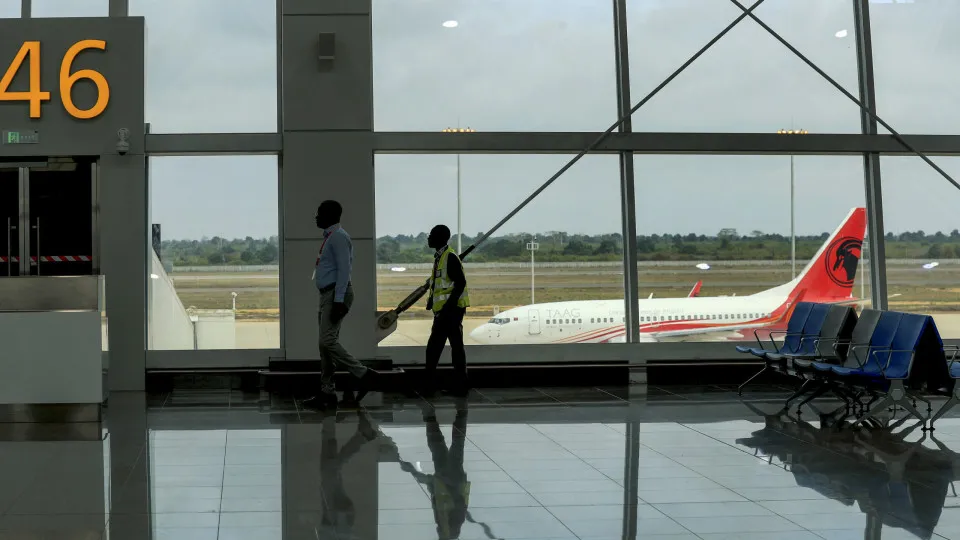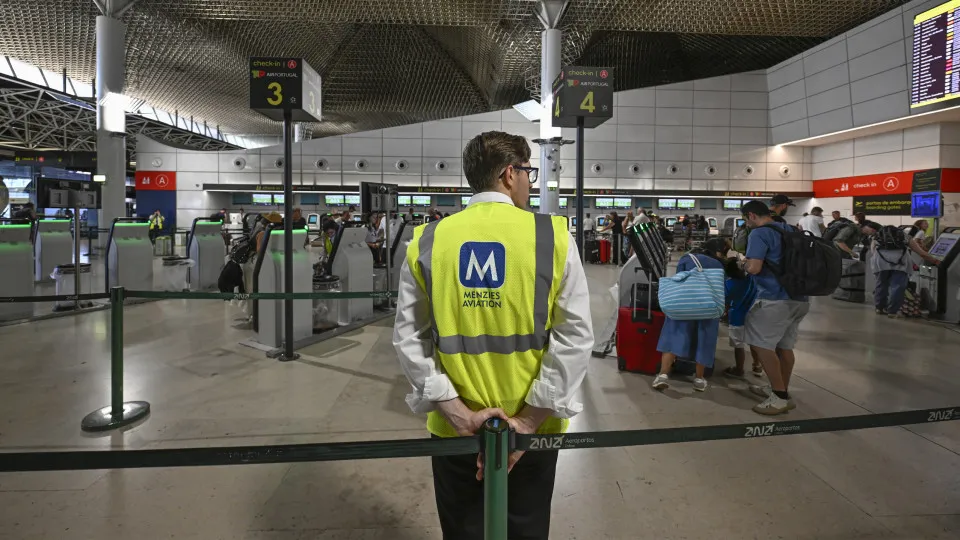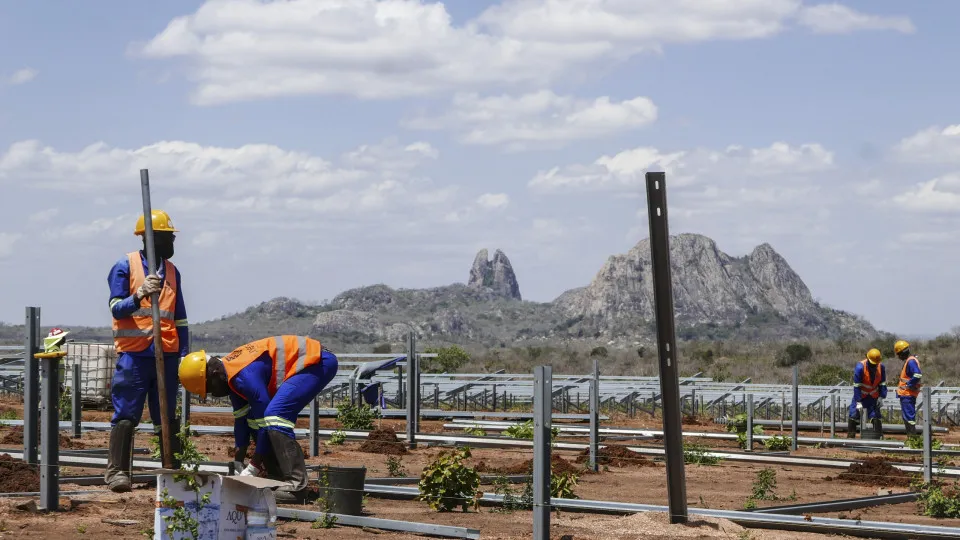
The current situation was outlined today by Neusa Lopes, the director responsible for Regulation at ANAC, during a presentation diagnosing the aviation sector at the consultative council of the authority in Luanda.
Airlines in the region have recently experienced revenue growth, yet this has been accompanied by rising operational costs, according to the director.
“Liabilities are surpassing the revenues that the sector is currently presenting,” she stated.
The Angolan airline TAAG reported a net negative result of 134.2 billion kwanzas (123.7 million euros) for the fiscal year 2024, as indicated in the company’s financial statements found in the 2024 Aggregate Report of Angola’s Public Business Sector (SEP), reviewed in September.
Neusa Lopes acknowledged that high operational costs are among the industry’s challenges, compounded by the expansion of the tax base affecting the Motor Vehicles Tax (IVM), customs duties, and delays in the reimbursement of the Value Added Tax (VAT).
“We have been working on enforcing [the law] to protect air service consumers and ensure fair competition,” she emphasized, noting the sector is encountering “unstable demand in the domestic market influenced by low purchasing power.”
On the challenges facing Angola’s civil aviation sector, the ANAC administrator mentioned that international airlines are still struggling to repatriate their profits, pointing to weak supervision in business conduct regarding currency fluctuations.
According to the director, currency fluctuations in the country “significantly impact the civil aviation sector,” primarily because the nation does not manufacture aircraft parts or components — these are purchased exclusively with foreign currency — and operators face difficulties in accessing bank financing.
“We have been monitoring our operators, who frequently rely on external bank loans with all their associated conditions, which subsequently affect the repatriation challenges, impacting not only our international operators but also our national operators,” she lamented.
Neusa Lopes added that while 11 operators are licensed by ANAC, only seven are currently active, with air cargo transportation showing significant growth at 21.2% based on 2024 data, marking a recovery of over 10.2% compared to 2019.
The sector is also witnessing growth in cabin crew, maintenance technicians, and air traffic controllers.
The ANAC must “fine-tune” its competitiveness mechanisms to ensure a “fair, transparent, and competitive market,” according to the director.
The ANAC administrator identified market stimulation as a short-term priority, focusing on creating tariff policies, subsidies, and incentives for passengers, indicating that specific legislation is being developed to “ensure more accessible air transport for the population.”
“The current diagnosis shows that Angola has great growth potential, despite regulatory and operational structural weaknesses. Our geostrategic location offers clear competitive advantages in air transport,” she concluded.
The first 2025 ANAC consultative council addresses the Diagnostic of Angola’s Civil Aviation under the theme “Strong Regulation, Safe Operations, Guaranteed Protection.”




